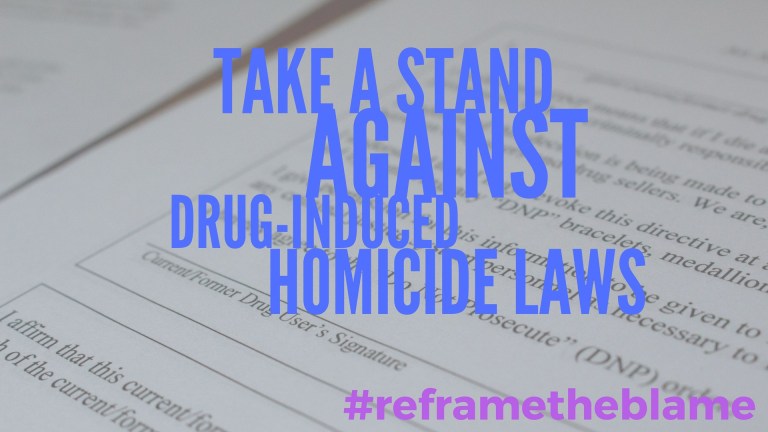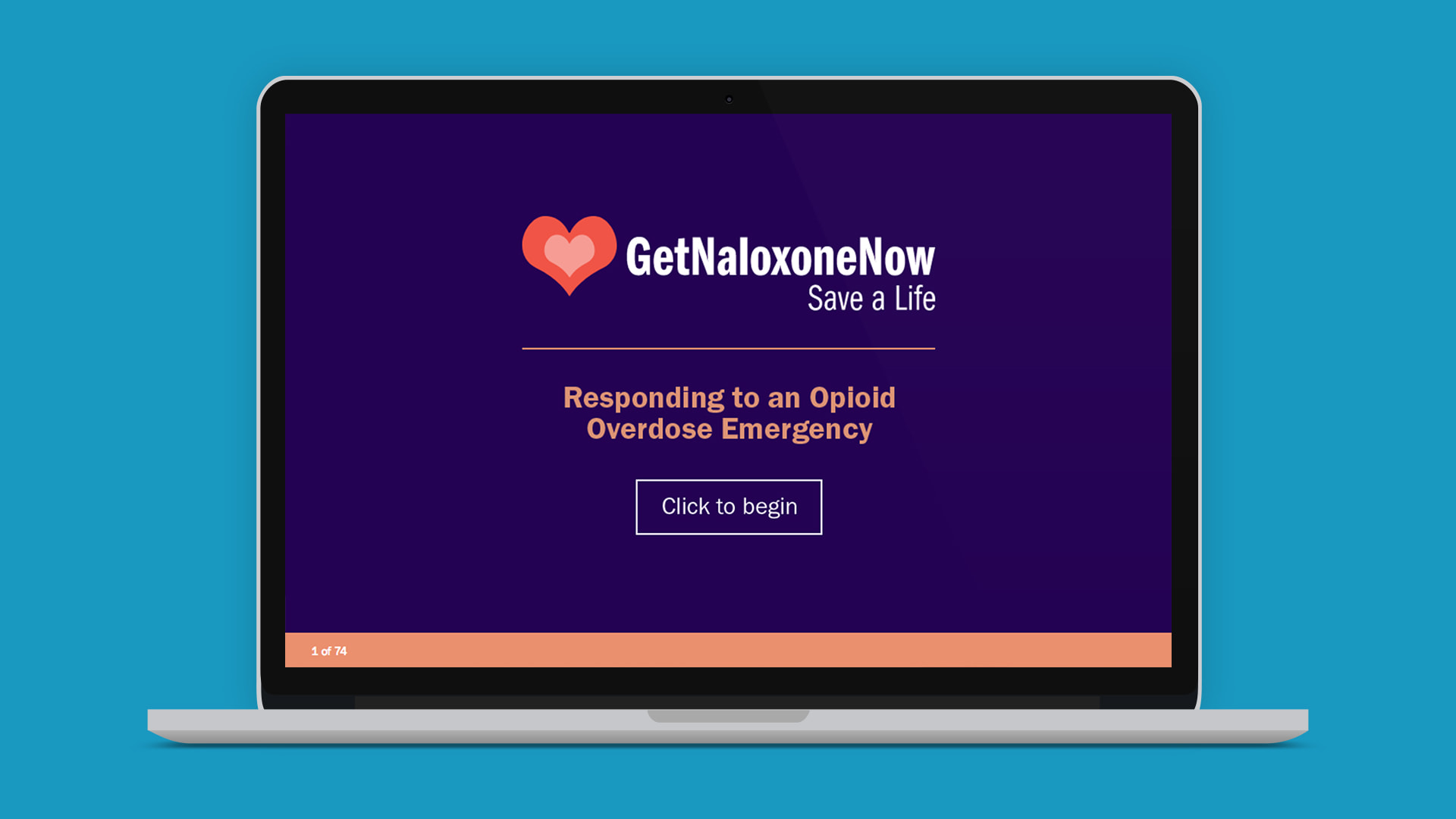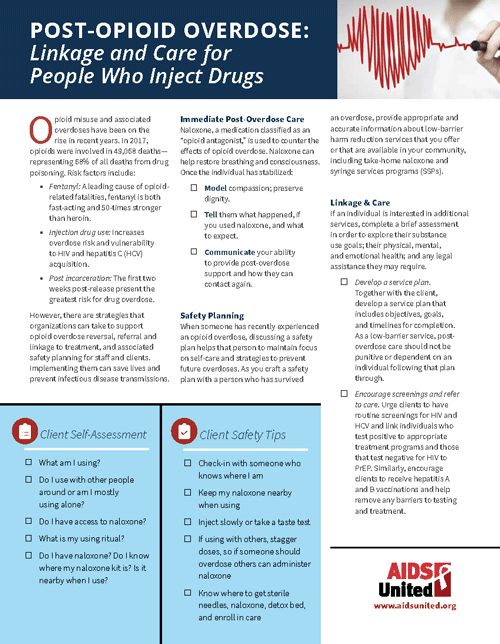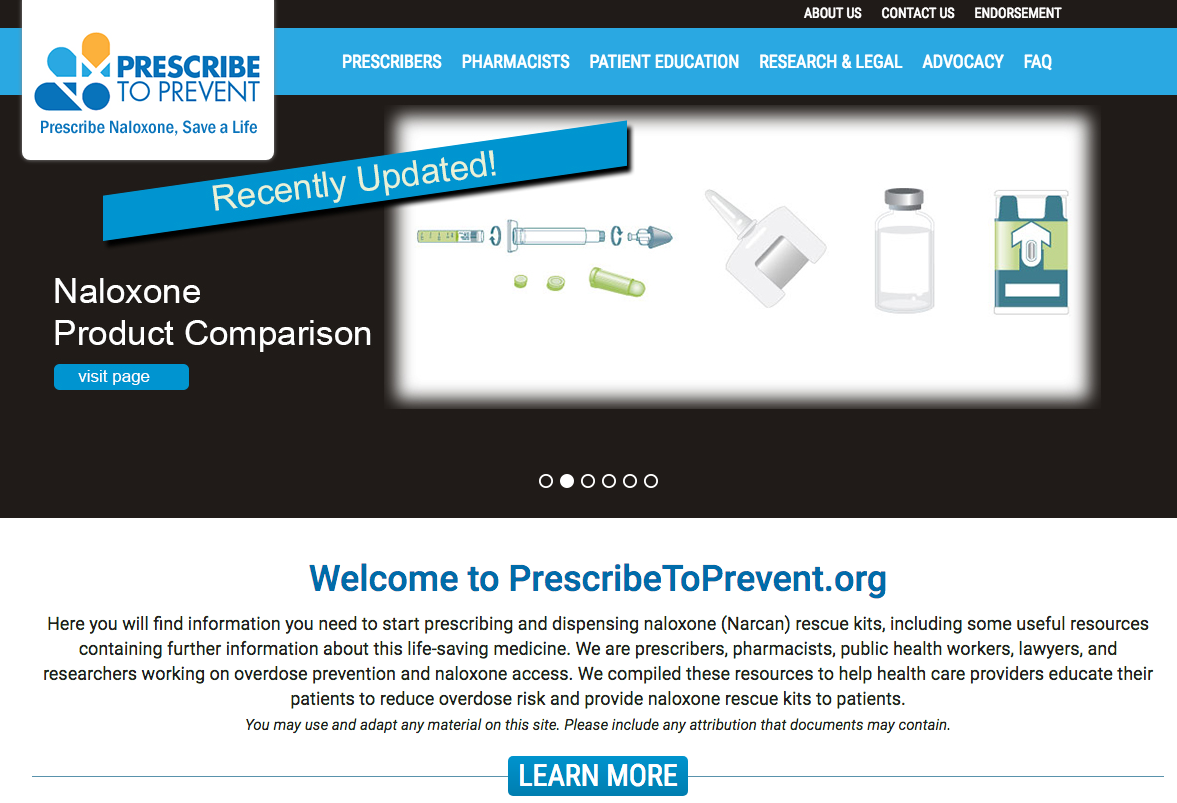Naloxone Training
Naloxone training is available in-person through Trystereo’s hotline and for groups through our training and advocacy programs. You can also learn how to use naloxone from these short, 3-minute videos put together by our affiliates Next Naloxone:
Visit naloxoneforall.org/training for more information.
Trystereo offers intramuscular naloxone free of charge to anybody looking to reverse opioid overdoses. If available, we recommend nasal and autoinjector naloxone kits for people less comfortable handling needles.
Don’t have naloxone on hand? Don’t worry, there are other ways to prevent overdose!
Overdose Prevention
Overdose is most common when your tolerance is down (after incarceration, detox, or drug-free treatment), when drugs are mixed, and when using alone.
Be aware when using from a new source or using again after a break
Test for the presence of fentanyl with test strips
Use a buddy system, use with someone, or tell somebody when you use
Stagger your use when in a group so someone is available to respond if others fall out.
Recognize Overdose
Overdose looks like someone with shallow, slow, or no breathing. Lips and skin may be blue or ashy from lack of oxygen. If you recognize someone is overdosing,
Try to wake them up: shout their name or form a fist and rub your knuckles on their chest or upper lip.
If they are not responding to noise or pain…
Place their body in the recovery position—on their side with their hands under their head and the top knee bent
Call 911— Give your location, your phone number (in case the call is disconnected) and say “the person is unconscious and not breathing.” You don’t have to say drugs are involved until the ambulance arrives, and be smart when making the phone call: make sure there is no loud background noise, and chances are a police unit will accompany the ambulance but not investigate.
While waiting for the paramedics, check: are they breathing? Make sure nothing is blocking their airway, then feel their nose and mouth for breathing. If their breathing is less than 1 breath for every 5 seconds, tilt their head back, pinch their nose closed, and give one slow breath every 5 seconds until the paramedics arrive.







